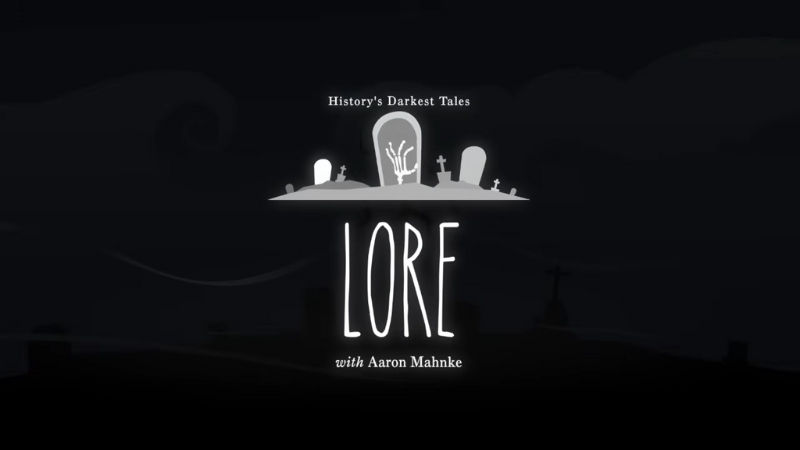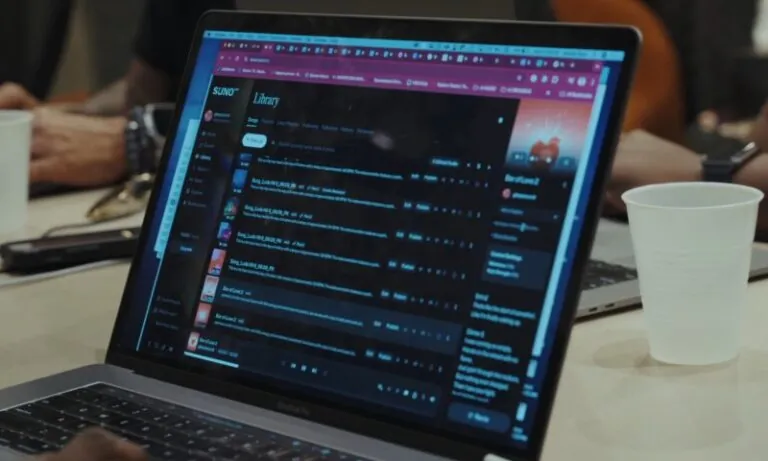From its debut in 2015, Lore quickly captured the imaginations of horror and folklore lovers alike. Blending historical fact with eerie storytelling, it set itself apart with a unique tone—sober, minimalist, and unsettling. But nearly a decade later, does Lore still deliver those spine-tingling chills it was once known for?
The answer is: yes, but with caveats. While its production quality remains strong and its core storytelling approach hasn’t lost its edge, longtime listeners may find that the format hasn’t evolved much. For newcomers, however, Lore still offers a compelling portal into the darker corners of history, myth, and human behavior.
Table of Contents
ToggleThe Enduring Appeal of Lore
One of the main reasons Lore remains relevant is its timeless subject matter. Stories of curses, hauntings, superstitions, and inexplicable human behavior never go out of style.
Host Aaron Mahnke’s voice—calm, deliberate, and slightly distant—gives the show its distinct tone. He isn’t there to scare you with dramatics; he’s there to slowly unnerve you with facts.
That quiet delivery is what made Lore such a standout when podcasts were still maturing as a medium.
Unlike many horror podcasts that rely on voice acting, orchestral music, and dramatic arcs, Lore takes a documentary-style approach.
Each episode is a self-contained exploration of a real historical phenomenon, often obscure or forgotten, but always bizarre and unsettling. Mahnke stitches these pieces together with just enough narration to guide the listener without overtaking the story itself.
For example, an episode may explore werewolf trials in Europe, the history of changelings in Ireland, or the terrifying real-life background of “The Bell Witch.”
These are not ghost stories invented in the writer’s room—they’re drawn from real records, letters, and court transcripts. That grounding in reality is what makes Lore disturbing: you’re not just imagining monsters, you’re hearing about the people who believed in them, hunted them, or claimed to be them.
How the Show Has Aged
That said, after 200+ episodes, the cracks in the formula are easier to spot. Loyal listeners sometimes report that recent episodes feel less focused or that the tone has become repetitive.
Part of the problem is inherent to Lore’s structure: each story is told in Mahnke’s voice, with minimal deviation in pacing or emotional register. While that’s part of the charm for many, it can also result in a lack of variety, especially when binge-listening.
Another critique is the way some episodes recycle familiar tropes: unexplained noises in old houses, mysterious disappearances, and townsfolk with superstitions.
These are effective ingredients, but seasoned listeners might start to predict the structure of each episode. What was once novel has become a little more formulaic.
Still, Lore has managed to preserve its niche—there are few other podcasts that so seamlessly marry folklore with historical analysis in such a digestible format. The 25-minute runtime of most episodes makes it easy to consume without demanding too much mental investment.
Visual & Audio Quality Over Time
The sound design of Lore remains excellent. It’s not flashy, but that’s intentional. Sparse piano chords and subtle ambient noise provide just enough atmosphere to maintain tension. There’s no overuse of jump scares or loud stingers.
The quality has remained steady, even as Mahnke’s other ventures—like Cabinet of Curiosities and Unobscured—have drawn some of his focus.
The release schedule has slowed somewhat, and Lore now alternates between original episodes and “encore” reruns. While reruns can be helpful for new fans, longtime listeners may be disappointed by the reduced flow of fresh content.
Here’s a table breaking down how Lore has evolved over the years:
| Feature | 2015–2018 | 2019–2022 | 2023–2025 |
| Frequency of New Episodes | Biweekly | Monthly (with occasional gaps) | Monthly, with regular reruns |
| Episode Length | 20–30 minutes | 25–35 minutes | 25–30 minutes |
| Content Style | Original folklore/historical blend | More thematic, occasionally looser | Mix of new and rerun content |
| Sound Design | Minimal but effective | Slightly more polished | Consistently solid |
| Host Engagement | Sole narration by Mahnke | Still solo, rare bonus commentary | Solo narration continues |
Competitors and Podcast Landscape in 2025
Since Lore debuted, the podcast space has evolved dramatically—especially in the horror, folklore, and historical mystery genres. What once felt like uncharted territory has now become a competitive landscape filled with ambitious productions.
@rickysixsixsix The best horror podcasts! #podcast #horrorpodcast #horrortok #horror #scary #creepy #scarypodcast #horrormovies #horrorreviews #horrorlover #theexorcistfiles #letsnotmeet #unexplained #nosleep #killerinstinct #archive81 #thedarkparanormal #dadsoftiktok #uni #student ♬ Mysterious and sad BGM(1120058) – S and N
Shows like The Magnus Archives, Scare You to Sleep, and Dark Histories have emerged as major players, each offering its spin on creepy storytelling. These newer podcasts often use professional voice actors, surround-sound audio effects, and serialized plots to build immersive worlds. They’re gripping, cinematic, and often terrifying.
But where they lean heavily into dramatization and emotional arcs, Lore continues to walk a quieter, more restrained path. Its documentary tone, rooted in historical records and cultural context, sets it apart. While others go for the thrill, Lore focuses on the slow burn—the idea that truth, when told plainly, can be just as haunting as fiction.
What’s also interesting is how Lore has expanded its influence beyond audio. The podcast has sparked a renewed interest in folklore, leading many listeners to dig deeper into the kinds of stories Mahnke features.
This has created a ripple effect—people are turning to folklore blogs, academic essays, and online archives to satisfy their curiosity. If you’ve ever found yourself wanting to explore the eerie legends behind the episodes, there are plenty of ways to dive in.
Collections of Gothic stories, myth compilations, and especially all free novels available online can offer hours of reading that capture the same chilling tone, without the embellishments.
The TV Adaptation: A Short-Lived Experiment
It’s worth mentioning that Amazon Prime tried adapting Lore into a television series in 2017. The first season included reenactments of episodes with heavy stylization, but it didn’t quite land.
Fans of the podcast often felt that the show lost its understated menace by dramatizing stories that were more impactful when left to the imagination. It only lasted two seasons.
This experience underscores why Lore works best in audio form. Its power lies in suggestion and implication—not in spectacle.
Final Verdict: Is It Still Worth Listening?
If you’re new to Lore, absolutely—start from the beginning and enjoy the slow burn of historically grounded horror.
The show still captures a particular magic that comes from connecting eerie stories to real-life fears and superstitions. Its consistency in tone and theme makes it one of the most reliable podcast experiences out there.
For longtime fans, Lore might not surprise you anymore, but it will likely continue to offer comfort in its familiarity. If you’ve been a listener since the early days, chances are you’re still tuning in, if only to revisit that unique intersection of truth and terror that Lore does so well.
Related Posts:
- Marc Maron Ends WTF: Reflecting on 16 Years of…
- Is The Daily Still Worth Listening to in 2025?
- 24 Best Podcasts Across All Genres in 2025
- Dateline NBC Podcast Review: True Stories That Stay With You
- Is The Telepathy Tapes Worth the Hype? A Candid Review
- The Steve Sommers Overnight Drive Review: Late-Night…









